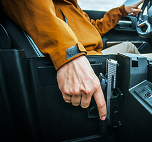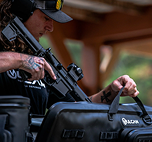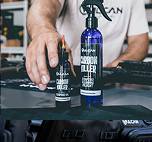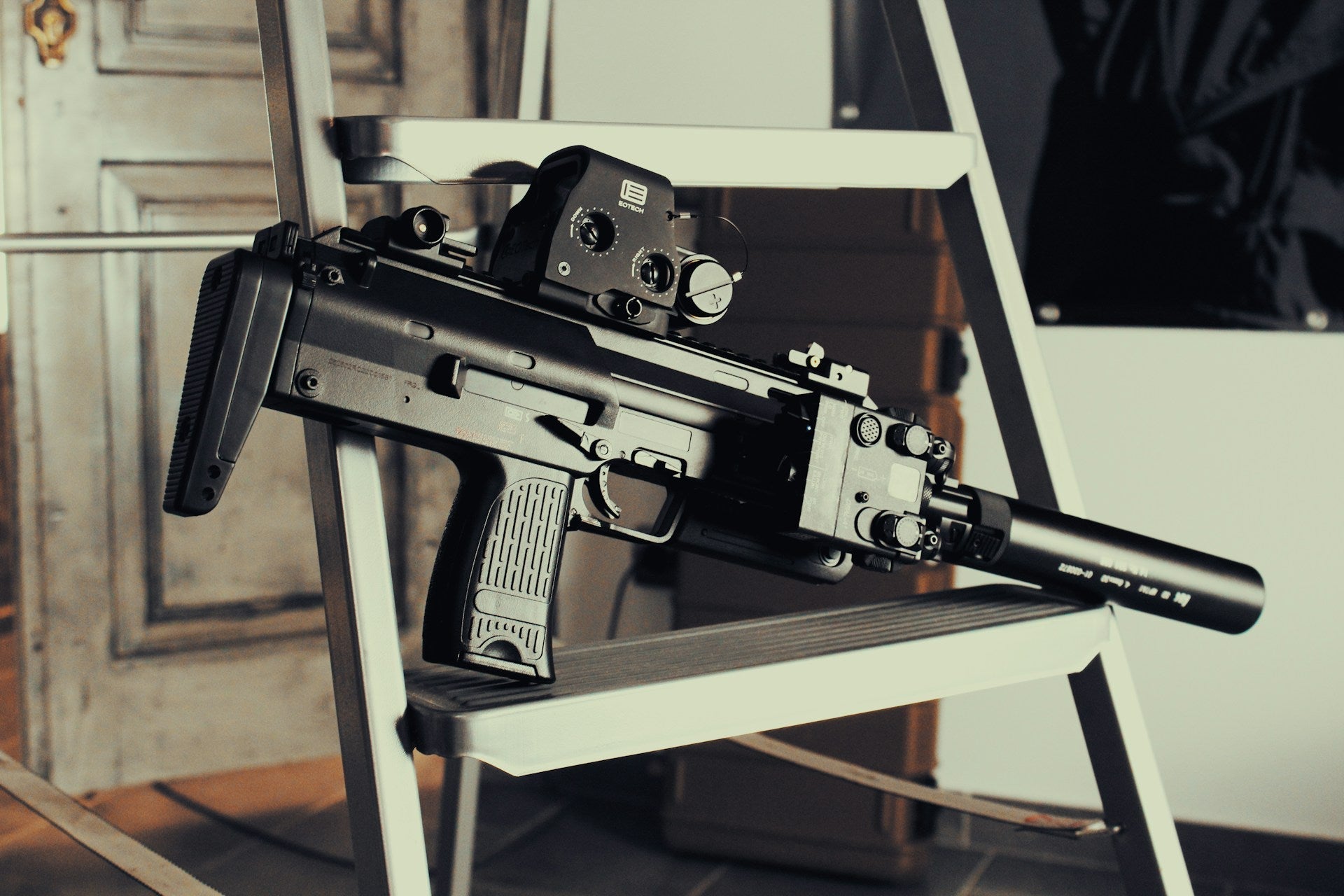Quick-draw holsters are built for speed and convenience, but that speed depends heavily on the condition of the holster’s internal parts, especially the springs. Over time, those springs can wear down, lose their tension, or even seize up if not cared for properly. If that happens, the fast access you’re counting on could turn into a frustrating jam or slower reaction time.
Whether you're at the range, traveling, or relying on your setup for everyday carry, a well-maintained spring system makes a big difference in how reliable your draw is. A sluggish spring can affect both timing and safety. Making spring maintenance part of your routine keeps your quick-draw pistol holster working the way it was designed to—fast, responsive, and dependable.
Identifying Wear And Tear On Holster Springs
Holster springs don’t usually fail all at once. They gradually lose function, and the early warning signs are often subtle. One of the easiest signs to spot is tension loss. If your pistol no longer feels like it locks firmly into place or begins to wobble inside the holster, the spring may be weakening.
Visual indicators can also provide important clues. Springs exposed to moisture or rough conditions are especially prone to corrosion. Check for signs like rust, cracking, or discoloration around spring components. Burnt spots or rough edges may indicate long-term stress or environmental damage.
Here’s a basic inspection process you can follow:
- Make sure your holster and firearm are empty and detached
- Remove the holster's mounting parts to gain better access
- Run your finger gently along the spring to detect any warping or gritty spots
- Press lightly on the spring to test its rebound—if it’s slow or weak, there may be deterioration
- Listen for unusual sounds like grinding or creaking during any movement
You don’t need to be a professional to catch these signs. A quick inspection done regularly can help prevent failures or slower draw times when seconds matter.
Cleaning And Lubricating Holster Springs
Even if your springs look fine during inspection, internal grime or buildup can still impact their performance. Dust, moisture, and dirt gradually reduce spring responsiveness. Cleaning your springs helps them last longer and react more reliably.
Avoid over-complicating the process. You’ll just need:
- A soft cloth or a brush designed for firearm care
- Cotton swabs or compressed air
- A lubricant that’s safe for firearm components
Once prepped, here’s how to clean and lubricate the holster springs:
1. Disassemble the holster carefully, exposing the spring area.
2. Use your brush to remove any loose dirt or debris.
3. Clean out tight corners or materials lodged in seams with a cotton swab or compressed air.
4. Wipe the spring clean using a soft cloth.
5. Apply a small drop of firearm-grade lubricant directly to the spring. Spread lightly and don’t over-oil the area.
6. Reassemble your holster and test the movement to confirm it responds properly.
Choose lubricants designed for firearm components. Using general-purpose oil or off-the-shelf household products can do more harm than good by breaking down the springs or attracting more dirt. Keep the application light and focused.
Taking your time during cleaning reduces the chances of damage and ensures chemical compatibility. Applying the right kind of care can greatly extend the life of your holster springs and reduce the risk of complications.
Tips for Regular Holster Spring Maintenance
Regular maintenance is one of the easiest ways to avoid spring failures. Set a cleaning routine that reflects how often you use your holster. If you're drawing or carrying daily, a bi-weekly check could be best. For occasional carriers, once a month may suffice.
Environmental care also matters. Store your holster in a clean, cool, and dry area. Avoid locking it in cars under heat or keeping it in humid areas like basements. A storage box with a moisture absorber helps maintain optimal conditions and reduces rust risk.
In addition to scheduled maintenance, keep an eye on performance during everyday use. Before you leave home or head to the range, take a moment to feel the draw. If anything seems off—extra stiffness, reduced snap, less grip—don’t ignore it.
Practical maintenance tips include:
- Avoid soaking your holster during cleaning
- Don’t ignore small warning signs
- Keep track of when you last cleaned or oiled the holster
- Store your carry gear away from moisture-prone areas
A few seconds of extra attention can help catch issues before they grow into serious problems or impact how your equipment performs in an emergency.
Knowing When to Replace Your Holster Springs
No amount of cleaning can keep springs going forever. Over time, even the best-maintained springs wear out. Recognizing the right time to change them is just as important as caring for them.
After a full cleaning and lube session, reassess the performance. If the spring still seems sluggish, doesn’t hold tension, or fails to lock the pistol securely in place, these could signal that it’s time for a replacement. You may also hear new sounds during draw or reholstering—a metallic dragging or clunk can suggest something’s no longer aligned internally.
Here’s a simplified replacement process:
- Use tools recommended by your holster manufacturer
- Follow a guide for your specific holster model, if available
- Take the holster apart slowly, avoiding force that could strip or damage components
- Remove the old spring and fit the new one in the same position
- Confirm the new spring is secure and test its functionality fully before use
Even if replacements take a bit of effort, they restore full reliability and performance. Don’t let hesitation lead to reduced speed or compromised safety. Swapping old springs for new lets you move forward with full peace of mind.
Trust in Every Draw
Keeping your quick-draw holster in good shape comes down to being proactive. Well-maintained holster springs are what allow your draw to stay smooth and immediate every time. Regular checks, the right tools, and good habits all play a role in building consistency you can trust, whether at the range or on a busy day carrying.
Paying attention to spring condition, friction points, and overall function doesn’t take much time but pays off when seconds count. Reduced tension, sticky movements, or odd sounds are all warning signs telling you it’s time to clean or replace something.
When the goal is reliable readiness, your gear shouldn’t leave you second guessing. Making upkeep part of your routine ensures your quick-draw pistol holster works as expected with every draw. So stay consistent, listen to your equipment, and trust that your next draw will be just as fast as the last.
Keep your setup ready for anything by making sure your gear stays clean and secure. Whether you’re fine-tuning your equipment or upgrading your setup, VULCAN Arms offers a range of dependable mounts and accessories built to last. Level up your loadout with a trusted quick-draw pistol holster that gives you fast access when every second matters.









Share:
Removing Old Oil Before Cleaning
Reinforcing Vehicle Holster Mounts